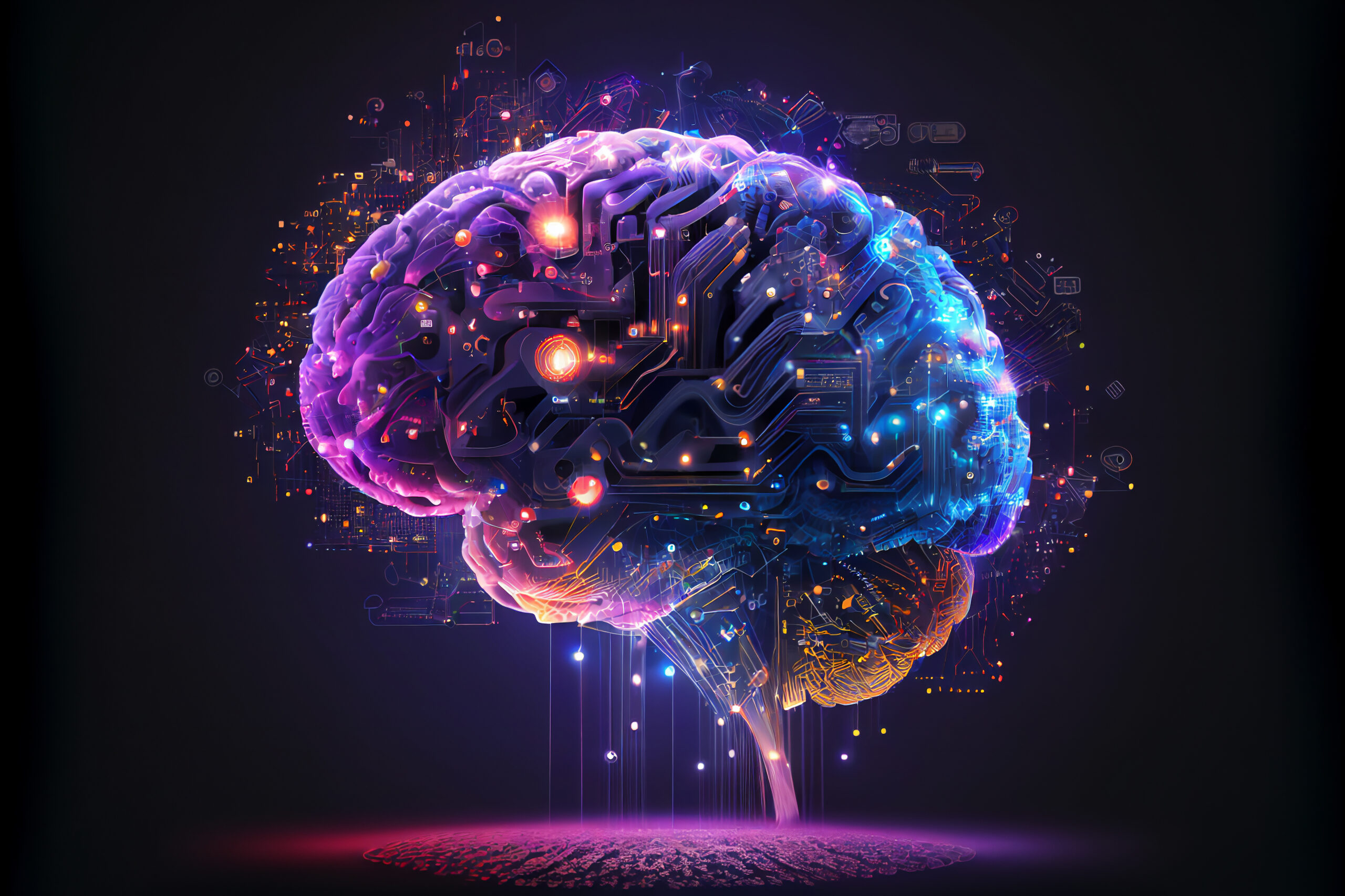What are LLMs?
LLMs or Large Languange Models, what are they? what do they do? In this blog, we have covered a breif intro to LLMs.

Understanding Large Language Models (LLMs)
So, you've probably heard about these things called large language models (LLMs), right? They're like these super-smart AI algorithms that use deep learning and crazy huge data sets to do all sorts of cool stuff like understanding, summarizing, and even predicting new content. You might also hear them referred to as generative AI, which basically means they're really good at making up new text-based stuff.
Think about it like this: over time, humans developed languages to talk to each other, right? Well, LLMs are like the digital version of that. They're all about understanding and creating new concepts using words, grammar, and all that good stuff.
The whole idea of language models isn't new. They've been around since way back in the day, like the 1960s when the Eliza language model first popped up. Basically, these models learn from a bunch of data and then use that knowledge to generate new content. They're super handy in things like natural language processing (NLP), where you can ask a question in normal human talk, and they'll spit out an answer.
Now, why are these LLMs suddenly such a big deal for businesses? Well, as AI keeps growing, it's becoming a major player in the business world. LLMs, along with other machine learning tools, are helping companies do things faster, better, and smarter. And who doesn't want that?
So, what can you actually use these LLMs for? Turns out, a whole bunch of stuff:
- Writing stuff: LLMs are great at whipping up text on pretty much any topic.
- Translation: They can switch languages like it's nobody's business.
- Summarizing: Need to condense a big ol' block of text? LLMs got you covered.
- Rewriting: They can even give your writing a facelift if you need it.
- Sorting stuff: LLMs can classify and organize content like a pro.
- Feeling the vibes: They're also good at figuring out if a piece of writing sounds happy, sad, or somewhere in between.
- Chatting it up: Ever talked to a chatbot that actually seems human-ish? Yup, that's probably powered by an LLM.
And speaking of different types, there's a whole bunch of them out there:
- Zero-shot models: These are like the jack-of-all-trades LLMs. They're trained on a bunch of general stuff and can handle a lot without needing extra training.
- Fine-tuned models: These ones get a little extra training on top of the zero-shot ones, making them super specialized for certain tasks. Think of them as the specialists of the LLM world.
- Language representation models: These models, like BERT, are all about understanding language in a deep way. They're like the brainiacs of the LLM bunch.
- Multimodal models: These are the cool kids that can handle both text and images. GPT-4 is one example of this type, making it a real multitasker.
So yeah, that's the deal with LLMs. They're like the Swiss Army knives of AI, doing all sorts of cool stuff with words and data.